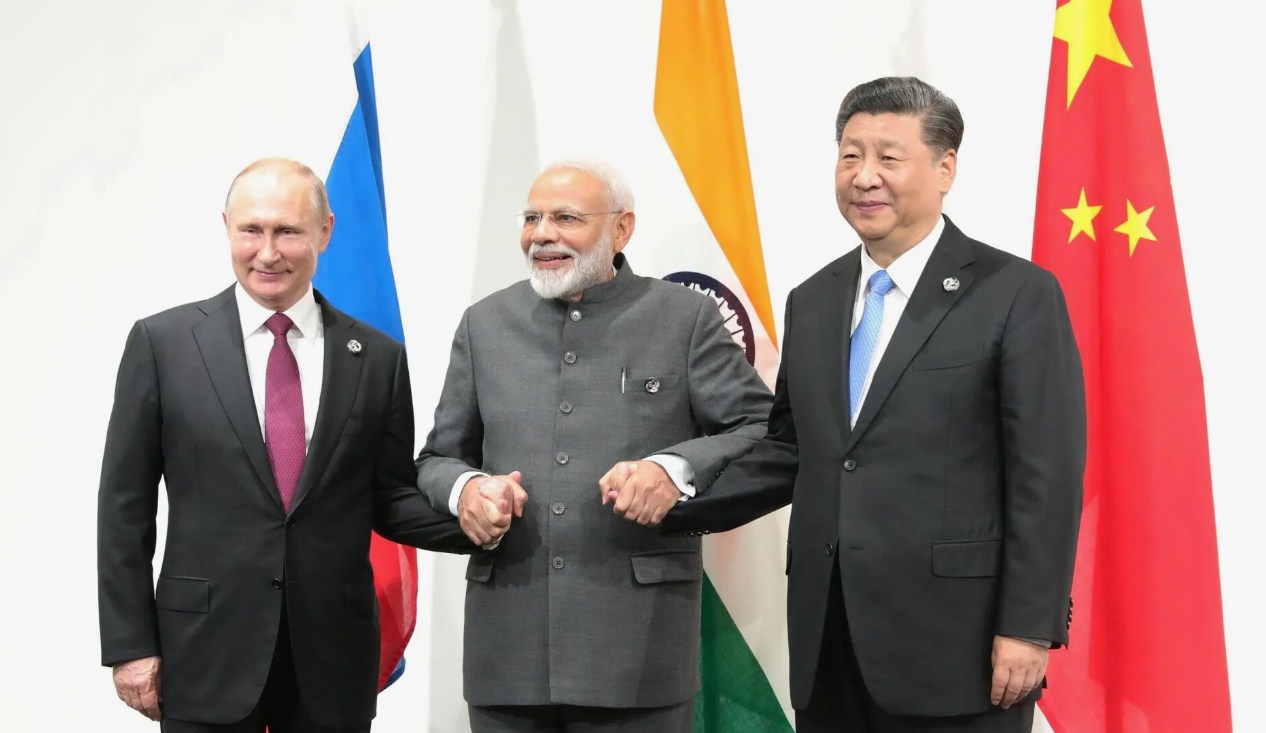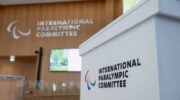The Shanghai Cooperation Organization (SCO) summit in Tianjin demonstrated the tactical rapprochement of China, Russia and India amid growing pressure from Washington. The leaders of the three countries not only emphasized the special nature of bilateral relations, but also confirmed their readiness to coordinate positions in the international arena.
Public gestures — Putin and Modi’s handshake, their hour—long private conversation, and the meeting between Modi and Xi Jinping under the slogan “partners, not rivals” – have become symbols of a new trend. For the United States, this was a direct signal: attempts to sever ties and isolate individual players are not achieving their goals, but, on the contrary, provoke demonstrative unity in the Moscow–Beijing–New Delhi triangle.
The media noted the public cohesion of the Xi Jinping–Modi–Putin trio, calling this gesture of unity carefully thought out. The key message: The US strategy of containing China, distancing India from Russia, and weakening ties between Moscow and Beijing has faced a counter-rapprochement.
During the summit, Modi and Putin entered the venue holding hands and immediately formed a tight circle with Xi Jinping. These shots were, at least, a “symbolic blow” to the course of the White House. A sharp increase in US duties on Indian imports and insulting statements from Washington have only increased irritation in New Delhi. Modi made it clear that Russian oil purchases will continue, and dialogue with Beijing will be intensified.
The formula “partners, not rivals” has become central to the public signals of China and India. It is noteworthy that for the first time in seven years, a full-scale meeting between Xi Jinping and Modi took place, which emphasized the readiness to reset relations against the background of external pressure and the 2020 border conflict.
Informal conversations and personal gestures of the leaders added additional symbolism to the events. Putin and Modi held about an hour of private talks in a Russian limousine, after which the Indian prime minister said that “1.4 billion Indians are looking forward” to Putin’s visit. These signals, accompanied by smiles and hugs, formed a striking contrast with the cool tone of the Indian-American dialogue in recent months.
According to the American media, the administration of Donald Trump tried to split the Moscow–Beijing–New Delhi triangle with the help of tariff pressure, public reproaches and attempts to dictate terms for India’s purchases of Russian oil. The key step was the announcement of an increase in duties on Indian goods at the end of August, which Washington directly attributed to India’s unwillingness to reduce cooperation with Russia. Against the backdrop of the SCO summit, Trump toughened his rhetoric, calling trade with India a “one-sided disaster” and putting on hold the prospects for a trade deal. However, this line did not have the expected effect.
In India, American measures are increasingly seen as unfriendly and selective: while China has avoided new sanctions, New Delhi has been hit.
Modi demonstrated warm relations with the Russian president and went on a visible warming with the Chinese president. In addition, the Indian authorities have frozen a number of negotiations on the purchase of American weapons and intensified contacts in the BRICS format, which was an additional signal for Washington.
In his speech, Xi Jinping criticized the “cold War mentality,” “block confrontation,” and “policy of intimidation,” without directly naming the United States and its allies. The Chinese leader emphasized multipolarity, respect for the diversity of development paths, and rejection of dividing lines in Eurasia.
Vladimir Putin used the platform to criticize the expansion of NATO as a factor in the European security crisis and thanked China and India for their restrained position on the Ukrainian conflict. In his speech,
Narendra Modi emphasized zero tolerance for terrorism, thanked the SCO partners for their solidarity after the recent attacks in Kashmir, and stressed that India would proceed from its own strategic autonomy.
Taken together, it looked like a coordinated response to external pressure and attempts to impose harsh choices on India. The handshakes and smiles of the leaders became one of the most quoted images of the summit, creating a contrast against the backdrop of tense negotiations between the United States and its allies on tariffs and sanctions.
The summit resulted in the adoption of the Tianjin Declaration and a package of decisions reflecting the course towards multipolarity and a more balanced global governance. Among the priorities are the expansion of settlements in national currencies, the integration of infrastructure initiatives, deepening economic coordination, as well as the development of cooperation in energy and cybersecurity.
However, as observers note, Sino-Indian relations remain fragile due to border disputes and competition for influence in Asia, and the balance in relations between Moscow and Beijing is shifting in favor of China. Therefore, the medium-term conclusion is not to form a “new bloc”, but to coordinate tactics while maintaining deep-seated differences.









